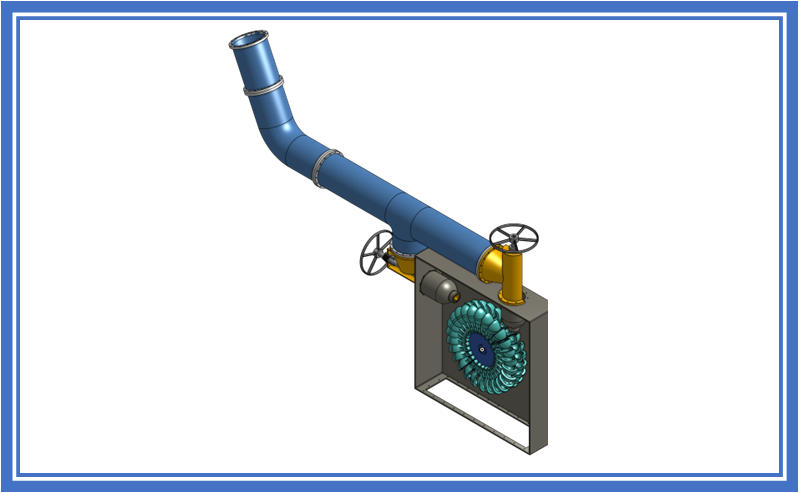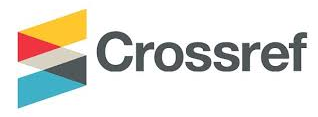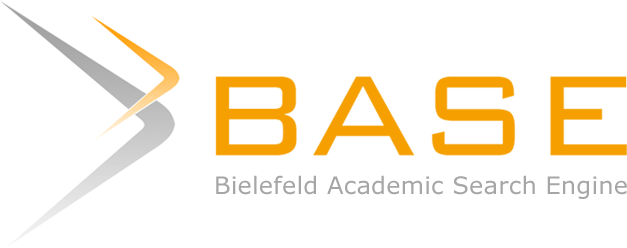Triangle Velocity Analysis of the Pelton Turbine Design in Microhydro Power Plant
DOI:
https://doi.org/10.21009/JKEM.10.1.4Keywords:
discharge; Pelton turbine; triangle velocityAbstract
During the period of 29 years, the Central Java Provincial Government has implemented strategic research formulation for flood reduction efforts. One solution for flood management is building a dam. The built dam has the potential to generate electricity. The purpose of the activity is to analyze the turbine speed triangle from the results of the technical design. The method used is the analysis of the turbine speed triangle at an entry angle of 12-14°. The results of the triangle analysis obtained show the F value at 14-12° of 34695.5, 34761.6, and 34847.7 N.m. Torque at 14° were 5313, 5320, and 5330 N.m. Torque at 13° were 5363, 5370, and 5380 N.m. Torque 12° were 5401, 5409, and 5418 N.m. P at 14-12° were 641.5, 642.9, and 644.1 kW. The efficiency of ηo and ηm is 0.90 % and 0.95 %. The conclusion of the application of the turbine speed triangle analysis at an angle of 4-6° is that the optimum turbine efficiency is at an opening angle of 12° with the ability to increase turbine power by 14.79 % and efficiency by 14.66 %.
References
[1] C. T. I. Eng, “The detail design of flood control, urban drainage and water resources development the republic of indonesia,” 2000. [Online]. Available: openjicareport.jica.go.jp/pdf/11599784_01.pdf
[2] A. D. Gontani, D. Rohi, and J. S. Setiadji, “Perencanaan dan pembangunan pembangkit listrik tenaga mikrohidro serta instalasinya untuk penerangan kawasan hutan wisata di desa benu kecamatan takari kabupaten kupang,” JTE, vol. 12, no. 2, pp. 52–56, 2019, doi: 10.9744/jte.12.2.52-56.
[3] D. Setiawan, Y. A. Rahman, H. M. Ardi, J. Jakariya, D. Kurnia, and A. Nugraha, “Pelatihan perencanaan pembangkit listrik tenaga mikrohidro pada program Innovation and Investment for Inclusive Sustainable Economic Development,” KACANEGARA J. Pengabdi. pada Masy., vol. 6, no. 2, pp. 243–252, 2023, doi: 10.28989/kacanegara.v6i2.1515.
[4] S. Puntodewo, W. Oetomo, and H. Darjanto, “Constructions analysis of solar panel foundation on the surface of DAM water body with DAM slope (case study : jatibarang dam solar power plant - semarang),” Int. J. Adv. Technol. Eng. Inf. Syst., vol. 2, no. 1, pp. 31–51, 2023, doi: 10.55047/ijateis.v2i1.694.
[5] D. Setiawan, L. Ode, and M. F. Sorimuda, “Perancangan dan optimasi desain turbin francis pada pembangkit listrik tenaga minihidro di bendungan jatibarang kota semarang,” Teknobiz J. Ilm. Progr. Stud. Magister Tek. Mesin, vol. 9, no. 3, pp. 20–28, 2019, doi: 10.35814/teknobiz.v9i3.1152.
[6] J. Planchot, M. Lenoir, S. I. Wahyudi, and H. P. Adi, “The enginering important components of jatibarang dam, semarang, indonesia,” in ICCDA, vol. 1, no. 1, pp. 66-75, 2015.
[7] Haryadi, Sugianto, Prasetyo, and D. Setiawan, “Experimental and Numerical Study on Conical Gravitational Water Vortex Turbine with 3D Runner,” J. Adv. Res. Fluid Mech. Therm. Sci., vol. 2, no. 2, pp. 1–14, 2024, doi: 10.37934/arfmts.114.2.114.
[8] B. Triyono, D. Setiawan, and M. Fattan, “Modifikasi pembangkit listrik tenaga piko hidro portabel tipe cross flow turbine,” J. Inov., vol. 7, no. 1, pp. 19–25, 2025, doi: 10.37338/inovator.v7i1.300.
[9] B. Triyono, M. A. Yudrika, and D. Setiawan, “Simulasi turbin portabel jenis cross flow untuk pembangkit listrik tenaga pikohidro (PLTPH),” J. Crankshaft, J. Tek. Mesin, vol. 7, no. 1, 2024, doi: 10.24176/crankshaft.v7i1.11975.
[10] H. D. Nugraha, E. K. Laksanawati, and D. Suhendra, “Analisis potensi energi hidrokinetik di sungai cisadane untuk pengembangan turbin ulir screw skala kecil,” Motor Bakar: Jurnal Teknik Mesin, vol. 7, no. 2, pp. 31-33, 2023, doi: 10.31000/mbjtm.v7i2.9797.
[11] H. M. Ardi, M. M. Fahmi, D. Setiawan, and M. Y. Efendi, “Perencanaan transmisi mekanik roda gigi dan generator turbin vorteks PLTMH,” J. Tek. Mesin, vol. 20, no. 2, pp. 55–63, 2023, doi: 10.9744/jtm.20.2.55-63.
[12] D. S. Haryadi, A. Mahmudi, Sugianto, “Studi pengaruh debit dan jumlah tingkat runner terhadap efisiensi turbin vorteks PLTPH,” J. Crankshaft, vol. 6, no. 2, pp. 9–20, 2023, doi: 10.24176/crankshaft.v6i2.10876.
[13] D. S. Haryadi, A. Mahmudi, and Sugianto, “Studi pengaruh debit dan jenis runner terhadap efisiensi turbin vorteks PLTPH,” J. Permadi, vol. 5, no. 2, pp. 66–77, 2023, doi: 10.52005/permadi.v5i2.121.
[14] Haryadi, A. M. Subarjah, and Sugianto, “Experimental study on 3D vortex gravitational turbine runner,” In AIP Conf. Proc., vol. 2296, 2020, doi: 10.1063/5.0030545.
[15] H. Syukri, “Turbin Air: Teori dan Dasar Perencanaan, 1st ed.,” Yogyakarta: ANDI, 2017.
[16] A. K. Minn, H. H. Win, and N. A. San, “Design of 225kW pelton turbine,” Int. J. Sci. Eng. Technol. Res., vol. 03, no. 24, pp. 4836–4842, 2014.
[17] R. Rusuminto and W. Paryatmo, “Perancangan dan optimasi sistem pembangkit listrik mikrohidro dengan daya 8.5 kW,” Elem. J. Tek. Mesin, vol. 2, no. 1, p. 19, 2016, doi: 10.34128/je.v2i1.18.
[18] B. Triyono, D. Setiawan, H. Haryadi, V. Wuwung, Z. Odang, and N. Ahmad, “Development of portable pico hydro power plant for low head applications using cross-flow turbine,” J. Polimesin, vol. 22, no. 6, pp. 686-692, 2024.
[19]B. Triyono, B. M. M. Suseno, Haryadi, V. Wuwung, and D. Setiawan, “Studi peningkatan performa pembangkit listrik tenaga piko hidro dengan modifikasi konstruksi turbin crossflow portabel,” Majamecha, vol. 6, no. 1, pp. 16–25, 2024, doi: 10.36815/majamecha.v6i1.3223.

Downloads
Published
How to Cite
Issue
Section
License
Copyright (c) 2025 Dibyo Setiawan, Yowando Putro Wicaksono, Herbert Hasudungan Siahaan, Cahyo Wibowo, Fisika Prasetyo Putra

This work is licensed under a Creative Commons Attribution 4.0 International License.





















